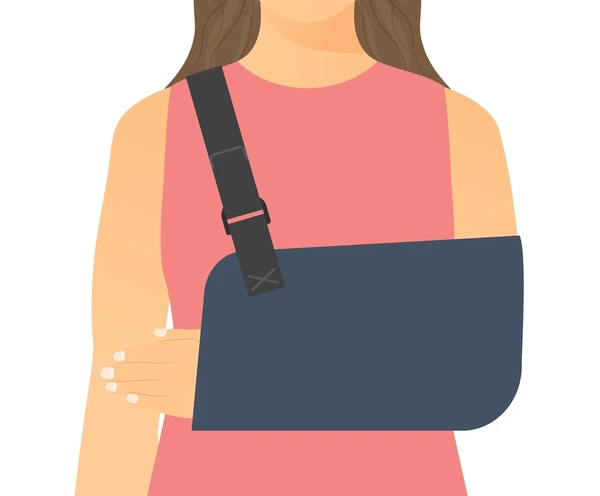The natural history of a condition refers to the process that occurs when a condition is left untreated. With rotator cuff tears understanding the natural history is important for the patient to determine his or her ideal treatment, whether that be nonoperative or a surgical repair. For this discussion I am referring to full-thickness tears only since the majority of research on the natural history of rotator cuff tears centers on full-thickness tears.Many patients ask me: “Will the rotator cuff tear heal?” Unfortunately, the answer is no. Several studies have observed the natural history rotator cuff tears and it turns out that without treatment the tears do not heal.
- Yamaguchi et al., for instance, (See Article) followed 23 patients with rotator cuff tears but no pain symptoms. 2.8 years after the initial evaluation none of the rotator cuff tears healed. In fact, 39% of the tears increased in size and 51% of the patients developed pain in the shoulder.
- A study from Israel evaluated 61 painful rotator cuff tears that were treated non-operatively(See Article). On repeat evaluation at an average of 2.5 years later, 49% of the tears increased in size. Additionally, patients who continued to have pain had a 56% chance of tear size increase compared to only 25% of patients who no longer had pain. In other words, although it isn’t perfect, the persistence of pain with nonoperative treatment may mean that the rotator cuff tear is increasing in size.
In addition to tear size another factor to consider is what happens to the quality of the muscle with time. Chronic tendon detachment can lead to atrophy of the muscle and fatty infiltration. Because of this there is a lot of interest right not in finding ways to prevent atrophy. While in the future medications or gene therapy may play a role, at this time, prevention centers around early recognition of a tear. In a study by Kim et al. (See Article) it was noted that both tear location and size are important factors in the development of atrophy. In particular, tears involving the anterior (front) aspect of the supraspinatus were more likely to undergo atrophy and large tears were more likely to develop atrophy.At this time, the only way to get the rotator cuff to heal in the setting of a full-thickness tear is to repair the tendon to the bone. However, it is now clear that tendon healing is more predictable with smaller tears in younger patients with limited atrophy. In the past patients were advised to treat their rotator cuff tear nonoperatively with therapy, anti-inflammatories, and injections as long as possible. Because of the factors above, many shoulder experts now recommend early surgical treatment of painful tears in select patients. In particular, younger people (less than 60 to 65 years) may benefit from early repair because they have a substantial risk of the tear increasing in size with time. In contrast, a person who is 80 years old with a small tear should in most cases attempt conservative treatment.Rotator cuff repair has advanced substantially in recent years. Previously repairs were performed through an open incision. Today, rotator cuff tears can be performed arthroscopically. These repairs are usually performed on an outpatient basis (go home the same day) and lead to less degrees of pain and stiffness and a lower rate of infection compared to open repairs.I have had the opportunity to arthroscopically repair several patients who had a previous open repair on the other shoulder, and in almost all cases they noted that the recovery after arthroscopic repair is much easier. Because arthroscopy allows one to see the tear completely, it is my belief that an arthroscopic repair in the right hands allows a better assessment of the tear pattern and a more anatomic repair. In my practice, I perform all of my rotator cuff repairs arthroscopically, including massive tears and revision repairs.
Similar posts



